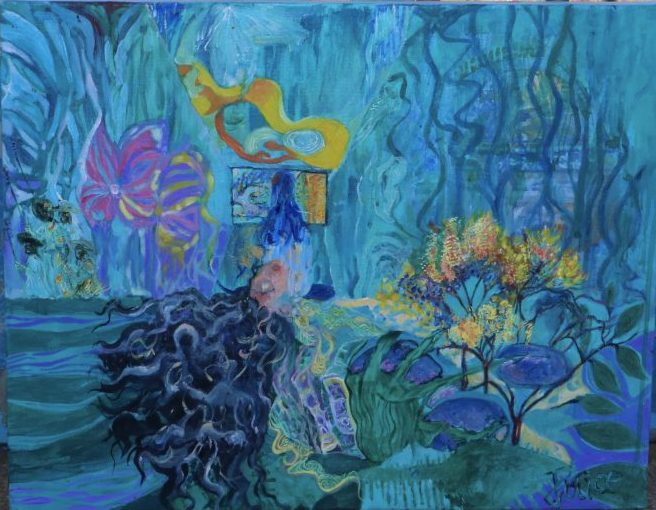Portfolio Connection Element 1 & 2
To be honest, I don’t find my element1 <The last emperor> really correlates to element2 <Drifting>. I firmly believe <The last emperor> focuses more on self expression because it needs me putting a lot of effort on composition in a narrative journey. While <Drifting> has a collective of voices from different cities with distinct perceptions and perspectives. But if I am forced to find something in between, I can conclude to the points below:
Sound and emotions:
I am providing a narrative journey in “The last emperor” with a Puyi’s own emotion journey, while for “drifting”, its like participants are putting their own emotions in recording…
Kouvaras, L.L. (2013) Loading the silence: Australian sound art in the post-digital age. Burlington: Ashgate.

Sound and memories:
From “the last emperor”, it kinds of brought the sound back to the history, while in “drifting”, it asked the people to recall their memories in sound-mapping.
Memory makes us human because it is a major symptom of our existence. We cannot remember not being here, and the idea of not being able to remember, whether it be the mystery of pre-existence or a darkening of consciousness either through illness or death, gives us the sense of an island of cognition bordered by the pre-natal and the post-sentient, and provides riddles that have fuelled science and art for as long as the human species has existed. Memory is part of the sense of our selves. It is the context in which we live our present and consider our future. Sound surrounds us whether we hear it or not, whether we are conscious of its presence or whether— either through a hearing defect or other medical issue—we are unable to consciously react to it. The role of sound in memory is under-researched and underappreciated, even within ourselves.
Street, S. (2016a) The memory of sound: Preserving the sonic past. London: Routledge.
Sound and locations:
I am adding a lot of location-based sounds in” the last emperor”, such as the Chinese temple and a Chinese stage while in “drifting”, all of the raw elements are related to sonic locations.
The air itself is s one vast library, on whose pages are forever written all that man has ever said or woman whispered. There, in their mutable but unerring characters, mixed with the earliest, as with the latest sighs of mortality, stand forever recorded, vows unredeemed, promises unfulfilled, perpetuating in the united movements of each particle, the testimony of man’s changeful will.(Babbage, p. 29)
‘if the auditory system is to group sounds by their locations, it must have a method for representing locations on some sort of continuum’ (Bregman, p. 73). In some large spaces, such perceptions may become confused. The nature of the architecture – domes, arches, statues, cornices, buttresses and so on, may – deliberately or accidentally – undermine our sense of aural direction, creating an almost hallucinogenic effect at times, and defying us to identify from whence the sound is actually emanating. It is all-surrounding and enveloping, heightening the sense of the spiritual experience and for some seemingly suggesting the presence of a non-human entity in sound, independent of any physically identifiable sonic source.
STREET, S. (2021) Sound of a room: Memory and the auditory presence of place. S.l.: ROUTLEDGE.
